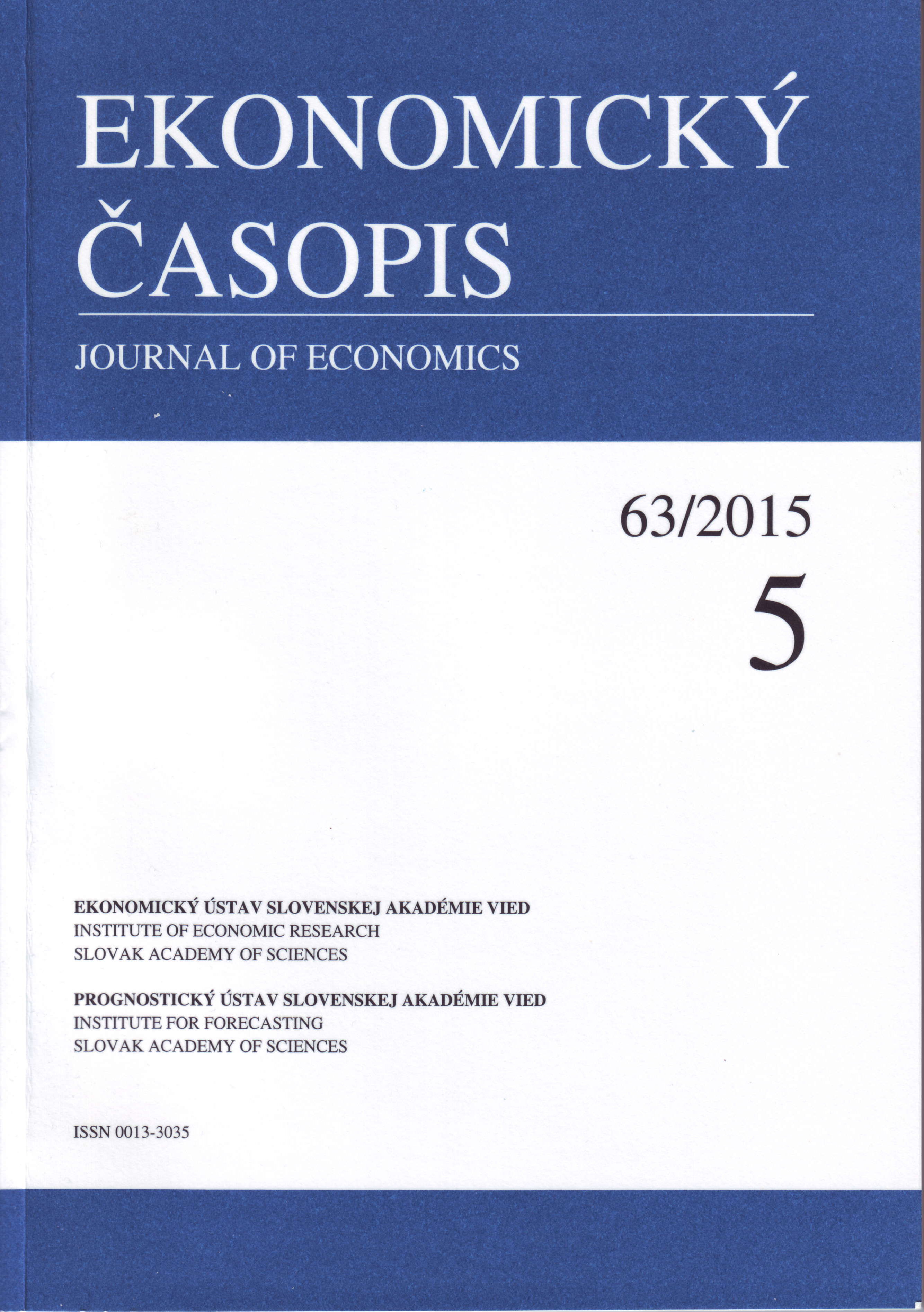Sources of Real Exchange Rate Fluctuations
in New EU Member States
Sources of Real Exchange Rate Fluctuations
in New EU Member States
Author(s): Rajmund MirdalaSubject(s): Economy, National Economy, Supranational / Global Economy, Financial Markets
Published by: SAV - Slovenská akadémia vied - Ekonomický ústav SAV a Prognostický ústav SAV
Keywords: real exchange rates; exogenous shocks; economic crisis; structural vector autoregression; impulse-response function
Summary/Abstract: Fixed versus flexible exchange rate dilemma has become a subject of rigor-ous academic discussions for decades. Advantages of exchange rates flexibility contrasted benefits of exchange rate stability though a phenomenon known as the fear of floating favoured exchange rate variability and its positive effects on economies. Relative diversity in the exchange rate regimes in EU-11 countries motivated authors to investigate the sources of their real exchange rate volatility. However, fixed exchange rate perspective associated with Euro Area membership may induce changed patterns in the real exchange rate determination in countries that benefit from nominal exchange rate flexibility prior to Euro adoption. In the paper we analyse sources of real exchange rates fluctuations in EU-11 countries by employing SVAR methodology and computation of impulse-response functions. Our results indicate an increased responsiveness of real exchange rates in Euro Area non-member states to demand and supply shocks, particularly due to the effects of the crisis period. At the same time, real exchange rates in Euro Area member states from EU-11 group became more responsive to nominal shocks.
Journal: Ekonomický časopis
- Issue Year: 64/2016
- Issue No: 05
- Page Range: 440-457
- Page Count: 18
- Language: English

